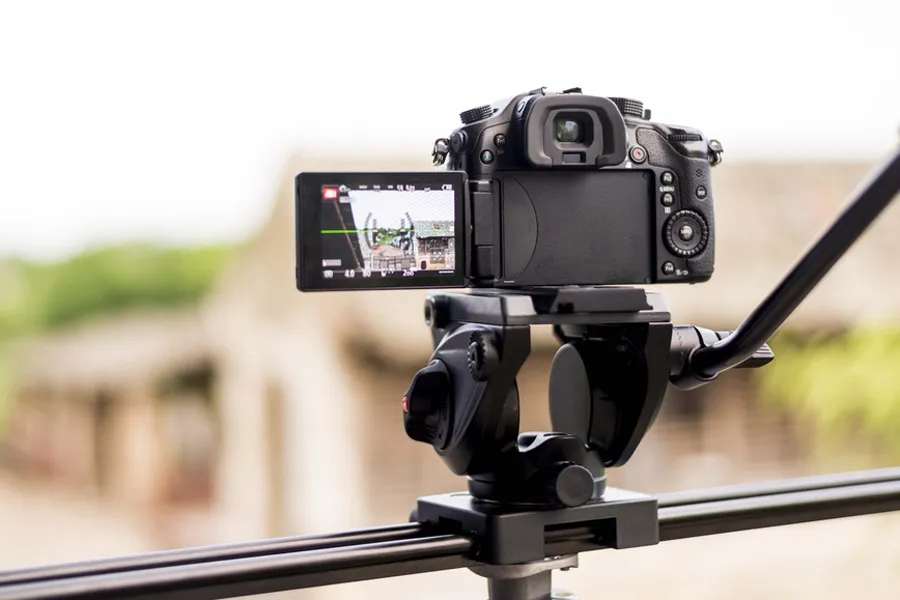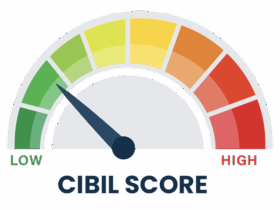In today’s digital age, the real estate industry has witnessed a transformative shift towards video marketing. Real estate video production has become an essential tool for real estate professionals and property owners. This medium allows for a more immersive and engaging experience, enabling potential buyers and renters to explore properties without physically visiting them.
Pre-Production
-
Setting Objectives
Before you start shooting, you must define clear objectives for your real estate video. Are you trying to sell a property, showcase a rental, or establish your brand as an industry expert? Understanding your goals will guide the entire production process.
-
Target Audience Research
Knowing your target audience is essential for creating a video that resonates with viewers. Conduct market research to understand the demographics, preferences, and pain points of your potential buyers or renters.
-
Scriptwriting
The cornerstone of a thriving real estate video production company is a meticulously crafted script. Your script should highlight the property’s essential features, location, and unique selling points. Keep it concise, engaging, and conversational to maintain viewer interest.
-
Location Scouting
Scouting the property is crucial for capturing its most appealing aspects. Identify the best angles, lighting conditions, and settings to make the property shine on camera.
-
Equipment and Gear
Investing in the right equipment is essential. High-quality cameras, stabilizers, and microphones will ensure your video looks and sounds professional. Remember to include a tripod for stable shots.
-
Legal Considerations
Pay attention to legal aspects. Ensure you have the necessary permits for shooting, and obtain written consent from property owners and any individuals appearing in your video.
Production
-
Shooting Techniques
Framing and Composition: Learn about framing techniques like wide shots, medium shots, and close-ups to showcase the property effectively.
Lighting: Proper lighting can make or break a video. Use natural light whenever possible and supplement it with artificial lighting to eliminate shadows.
Camera Movement: Employ techniques like panning and dolly shots to add dynamism to your video.
-
Capturing Property Features
Interior Shots: Showcase the property’s interior, paying particular attention to critical rooms like the kitchen, living room, and bedrooms.
Exterior Shots: Highlight curb appeal, landscaping, and outdoor amenities.
Neighborhood and Community Shots: Include shots of nearby schools, parks, shopping centers, and other attractions to help potential buyers envision their future lifestyle.
-
Aerial Footage (Drones)
Aerial shots provide a unique perspective, allowing viewers to get a bird’s-eye view of the property and its surroundings. Use drones responsibly and follow local regulations.
-
Interviews and Testimonials
Interviews with property owners, happy tenants, or neighborhood residents can provide authentic insights into the property and the community.
Post-Production
-
Video Editing Software
Choose a video editing software that suits your needs. Popular options include Adobe Premiere Pro, Final Cut Pro, and iMovie for beginners.
-
Video Editing Process
Footage Selection: Review your footage and select the best shots that align with your script and objectives.
Sequencing and Transitions: Organize your clips to create a logical flow and use smooth transitions between scenes.
Adding Music and Sound: Incorporate background music that complements the mood and pace of your video.
Color Correction and Grading: Enhance the colors to make the property look its best and ensure consistency throughout the video.
Text and Graphics: Add informative text overlays, property details, and contact information.
-
Voiceovers and Narration
If needed, consider adding voiceovers or narration to guide viewers through the property tour and provide additional information.
-
Review and Feedback
After completing the initial edit of your real estate video, it’s a crucial step to seek external review and feedback, especially if you are considering outsourcing video editing services. Constructive feedback can help ensure that your video aligns with your objectives and appeals to your target audience.
Dos and Don’ts of Real Estate Video Production
Learn from common mistakes and successes in real estate video production. Here are some insights into what works and what to avoid.
-
Staying Current with Trends
The world of video production is constantly evolving. Stay updated with the latest video marketing trends, such as 360-degree videos, virtual reality tours, and live streaming.
-
Learning from Successful Examples
Analyze successful real estate videos and understand why they work. Case studies can offer valuable insights into what captures the attention of potential buyers or renters.
Conclusion
This detailed guide will equip real estate professionals with the knowledge and skills needed to produce compelling real estate videos that drive engagement and ultimately lead to successful property transactions. Whether you are a seasoned pro or just starting, mastering the art of real estate video production can significantly enhance your marketing efforts and success in the industry.












